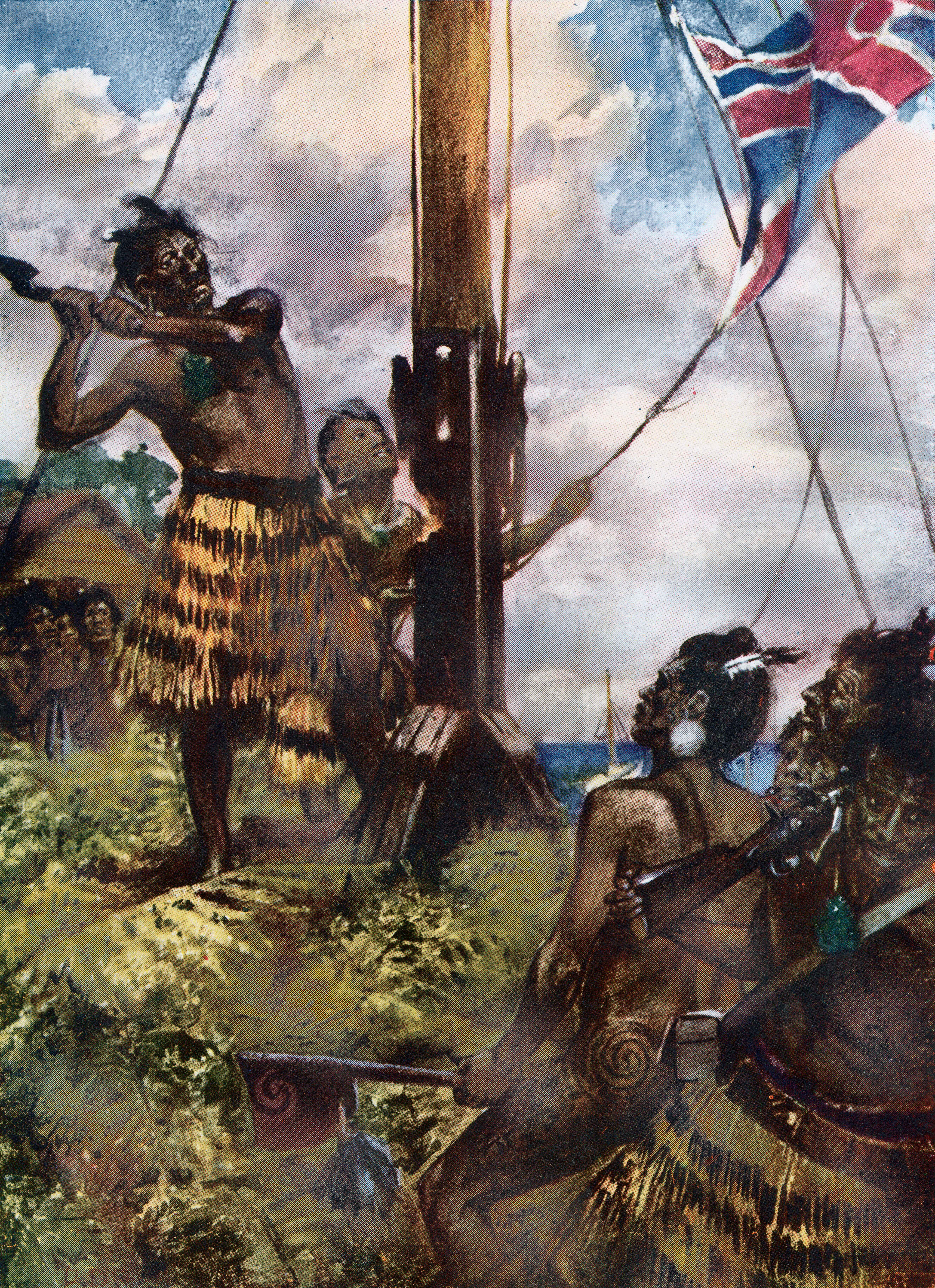|
Pā
The word pā (; often spelled pa in English) can refer to any Māori people, Māori village or defensive settlement, but often refers to hillforts – fortified settlements with palisades and defensive :wikt:terrace, terraces – and also to fortified villages. Pā sites occur mainly in the North Island of New Zealand, north of Lake Taupō. Over 5,000 sites have been located, photographed and examined, although few have been subject to detailed analysis. Variations similar to pā occur throughout central Polynesia, in the islands of Fiji, Tonga and the Marquesas Islands. In Māori culture, a great pā represented the Mana (Oceanian mythology), mana (prestige or power) and strategic ability of an iwi (tribe or tribal confederacy), as personified by a rangatira (chieftain). Māori built pā in various defensible locations around the territory (rohe) of an iwi to protect fertile plantation-sites and food supplies. Description Almost all pā were constructed on prominent raised ... [...More Info...] [...Related Items...] OR: [Wikipedia] [Google] [Baidu] [Amazon] |
New Zealand Wars
The New Zealand Wars () took place from 1845 to 1872 between the Colony of New Zealand, New Zealand colonial government and allied Māori people, Māori on one side, and Māori and Māori-allied settlers on the other. Though the wars were initially localised conflicts triggered by tensions over disputed land purchases (by European settlers from Māori), they escalated dramatically from 1860 as the government became convinced it was facing united Māori resistance to further land sales and a refusal to acknowledge The Crown, Crown sovereignty. The colonial government summoned thousands of British troops to mount major campaigns to overpower the Māori King Movement, Kīngitanga (Māori King) movement and also conquest of farming and residential land for British settlers. Later campaigns were aimed at quashing the Pai Mārire religious and political movement, which was strongly opposed to the conquest of Māori land and eager to strengthen Māori identity. Religion of Māori people ... [...More Info...] [...Related Items...] OR: [Wikipedia] [Google] [Baidu] [Amazon] |
Auckland
Auckland ( ; ) is a large metropolitan city in the North Island of New Zealand. It has an urban population of about It is located in the greater Auckland Region, the area governed by Auckland Council, which includes outlying rural areas and the islands of the Hauraki Gulf, and which has a total population of as of It is the List of cities in New Zealand, most populous city of New Zealand and the List of cities in Oceania by population, fifth-largest city in Oceania. The city lies between the Hauraki Gulf to the east, the Hunua Ranges to the south-east, the Manukau Harbour to the south-west, and the Waitākere Ranges and smaller ranges to the west and north-west. The surrounding hills are covered in rainforest and the landscape is dotted with 53 volcanic centres that make up the Auckland Volcanic Field. The central part of the urban area occupies a narrow isthmus between the Manukau Harbour on the Tasman Sea and the Waitematā Harbour on the Pacific Ocean. Auckland is one of ... [...More Info...] [...Related Items...] OR: [Wikipedia] [Google] [Baidu] [Amazon] |
Putiki Pā, Whanganui (17191005777)
Putiki is a settlement in the Whanganui District and Manawatū-Whanganui region of New Zealand's North Island, located across the Whanganui River from Whanganui city. It includes the intersection of State Highway 3 and State Highway 4. The settlement was established around Pūtiki Pā, a tribal meeting ground of Ngāti Tumango and Ngāti Tupoho. It features Te Paku o Te Rangi meeting house, also known as Aotea meeting house. History 19th century Pūtiki Pā, recorded variously as Putiki Wharanui, Putiki Wharenui, Putiki Warenui, or by its full name Putiki-wharanui-a-Tamatea-pokai-whenua, as a well established pā well before European arrival. The settlement was attacked by Ngāti Toa in a bloody two-month siege in 1828 or 1829. About 400 locals were killed in the encounter. Pūtiki was the main Māori settlement at the Whanganui River mouth when Europeans began settling on the river in the 1840s. Māori from Pūtiki signed a deed of purchase with Edward Gibbon Wakefi ... [...More Info...] [...Related Items...] OR: [Wikipedia] [Google] [Baidu] [Amazon] |

